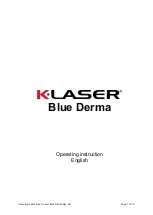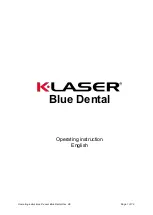
4
PROBLEM
Cylinder will not advance.
Cylinder advances part way.
Cylinder advances in spurts.
Cylinder advances slower than normal.
Cylinder advances but will not hold.
Cylinder leaks oil.
Cylinder will not retract or retracts slower
than normal.
Oil leaking from external relief valve.
POSSIBLE CAUSE
Pump release valve open.
Coupler not fully tightened.
Oil level in pump is low.
Pump malfunctioning.
Load is too heavy for cylinder.
Oil level in pump is low.
Coupler not fully tightened.
Cylinder plunder binding.
Air in hydraulic system.
Cylinder plunger binding.
Leaking connection.
Coupler not fully tightened.
Pump malfunctioning.
Cylinder seals leaking.
Pump malfunctioning.
Leaking connection.
Incorrect system set-up.
Worn or damaged seals
Internal cylinder damage.
Loose connection.
Pump release valve is closed.
Coupler not fully tightened.
Pump reservoir over-filled.
Narrow hose restricting flow.
Broken or weak retraction spring.
Cylinder damaged internally.
Coupler not fully tightened.
Restriction in return line.






















